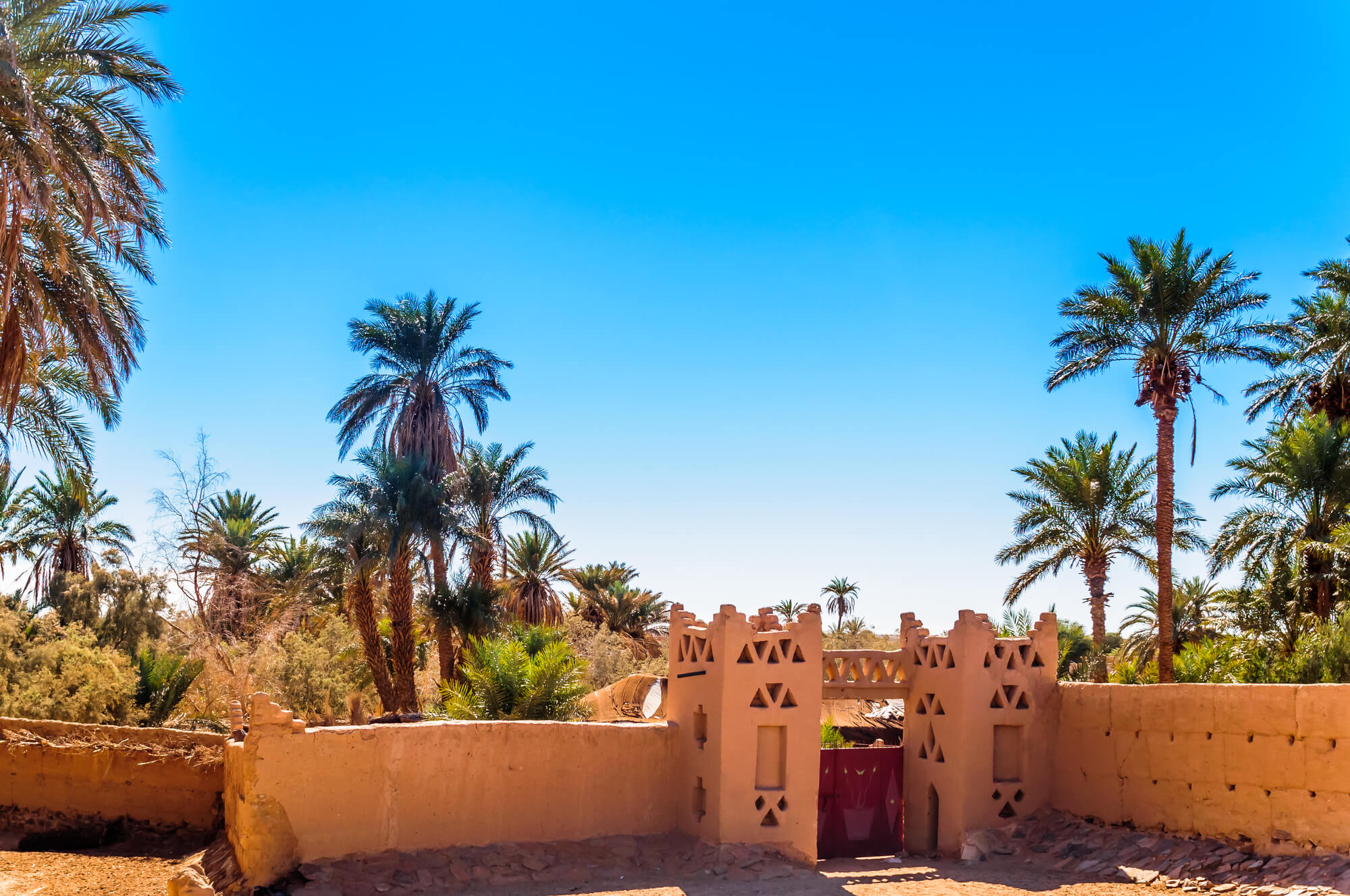According to the head of the climate services of the United Nations World Meteorological Organization (WMO) "even when the amounts of rain remain as they were, due to the warming water evaporates and the area dries out

On 22/05, a summit conference was held in Abidjan on the Ivory Coast, the purpose of which was to stop desertification by restoring fertility to damaged soils and rehabilitating areas of the order of ten million square kilometers (10.000.000) in areas affected by the spread of desertification. The conference was attended by representatives from 196 countries who pledged to act to prevent desertification and to restore and heal damaged areas.
The summit defined as the "Convention to Combat Desertification" (*COP15 on the Convention to Combat Desertification is one of three meetings planned for 2022. Another event planned for the rest of the year is a conference that will deal with the Convention on Biological Diversity. The conference that is considered the most important will convene in Sharm-e-Sheikh Conference of the Parties on Climate Change (COP27), and will deal with global warming and climate change.
During the days of the conference, those gathered heard about the effect of warming. According to the head of the climate services of the United Nations World Meteorological Organization (WMO), "even when the amounts of rainfall remain as they were, due to the warming water evaporates and the land dries up", the result is more and more periods of drought. Added to this is a fatal injury to people since according to a WMO assessment from 2014 "exposure to dust that rose from desert areas caused half a million deaths from heart and lung diseases".
One of the most important initiatives "The Green Wall" - is the planting of vegetation in a wide strip along a region called the sahel in Africa, a "green wall" that will stop the spread of the desert and allow agriculture and grazing in the area of the "wall" and south of it, an initiative that was planned many years ago but its implementation was slow, now the initiative is receiving encouragement and budgets after being neglected for years. Another initiative is the treatment and prevention of soil damage before they become desert areas, a situation that causes the migration of peoples and the displacement of populations.
Initiatives and decisions are welcome and important, but despite this there are groups that feel they have been abandoned since few groups and civil organizations (NGOs) were invited to the conference and even fewer were partners in the decisions and policies of the initiatives. The representatives of the same groups claim that: "only elected representatives from the people participate, and they do not listen to the villagers and green organizations", "the people on the ground are not heard and are not shared" and so on. The claims are that the high level conferences are academic and therefore many of the decisions and initiatives are not implemented.
The representatives of the organizations that were left "on the sidelines" claim that in order to implement decisions and projects, there is an obligation to involve the people in the field, otherwise "the environment is harmed while talking in conferences"
I brought the report on the conference thinking that it is important, but more so because of the last paragraph, which I think sums up the situation: "The environment is harmed while speaking at conferences"
More of the topic in Hayadan:
- There is no contradiction between protecting the environment and economic well-being
- Russia and the USA will cooperate against threats from space
- Japanese plans to land on the moon
- The United Nations declared Masada a "World Heritage Site"
- The Ministry of Water Resources works to encourage the transfer of water technologies from the Academy to Industry
